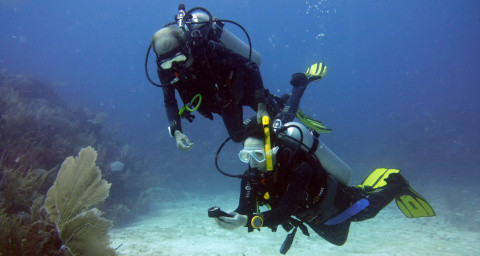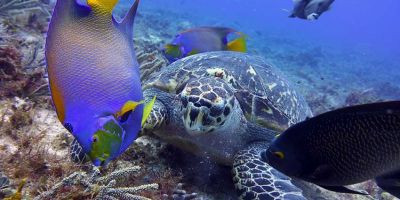Are you planning on advancing your skills as a diver? The Advanced Open Water certification is the next step in this journey! This course will further your knowledge and enhance your confidence in the underwater world.
If you aren’t already a certified diver, we advise you to check out our guide on How to prepare for your Open Water Certification, it will help you on your journey to becoming an autonomous diver!
The Advanced Open Water Certification will be great for any aspiring diver who wants to get more dives under their belt, while still learning under the supervision of a PADI instructor. You'll build up on the skills you already possess and learn to better adapt to different dive site conditions.
First of all:
1. Advanced Open Water – Or Open Water certification?
To move on to the Advanced Open Water Certification, you need to be a certified PADI Open Water Diver. But what’s the difference between these two certifications, and why should you move on to something more advanced?
A brief breakdown of the course – Just like the Open Water certification, the Advanced Open Water consists of both theory and in-water practices. You can complete the theoretical part through the traditional book method or with the PADI eLearning program which you can complete from the comfort of your home so that once you get to Blue Experience all you get to do is enjoy the breathtaking Caribbean waters as you solely focus on the water part of your course.
The price includes all gear, the 5 adventure dives, and the certification for 349 USD. The PADI eLearning can be acquired separately using our special link (register using our shop number S22400). In case you decide to use the book method, then the price is 399 USD including the manual, with this method you’d have to add some classroom time after your dives.

1.1 Difference?
As an Open Water diver, you learn the fundamental skills of scuba diving and complete the manuals and reviews before moving on to confined and open-water dives to test your underwater skills. This will be your entry level into the world of scuba diving.
The main difference between these two is that the depth limit is increased from 60 to 100 ft (18 to 30 m). Throughout the course, an Advanced Open Water diver will complete five different adventure dives under the guidance of a certified PADI instructor! For each of the adventure dives, you’ll focus on a particular diving specialty
1.2 How long should I wait in between certifications?
You just got your Open Water certification, but you’re already eager to go further? Getting your certificates back-to-back is always up to the diver's consideration, but there are a few points we can discuss to help you decide how to continue with your diving training.
Certification levels don’t make you perfect, practice does! So it doesn’t matter how many levels you climb if you don’t do your practice dives. Now, with that being said… Firstly, it depends on the conditions surrounding you, the Advanced Open Water course can be completed in two-three days, so time-wise is up to you to consider.
Advanced Open water is all about advancing the skills you previously learned in Open Water. You don’t need to be “advanced” to move on to this certification, by taking both programs consecutively you can develop stronger skills and enhance your confidence underwater, but you have to remember to keep practicing!
2. Adventure Dives
The Advanced Open Water course includes 5 adventure Dives, it’s an opportunity for you to try out different specialties and find out what interests you the most. Depending on the dives you choose, you’ll develop helpful skills for further dives! There will be 2 dives which will be mandatory: Navigation and Deep Dive.
You’ll choose the remaining 3 adventure dives from the list down below, it will hopefully give you an overview of each specialty, and help you in identifying which ones you are most interested in.
Deep Adventure Dive (mandatory)
In this dive, you will be doing a proper 100 ft (30 m) dive, and with it, you will be experiencing the changes in conditions due to depth: color, pressure, etc.

Navigation Adventure Dive (mandatory)
In this dive, you will be improving the navigation skills learned during your Open Water Course by performing different kinds of compass navigation patterns.

Boat Diver
During this dive, you will learn about the different parts of a boat and the basic emergency equipment that should be available. We'll also go through the different techniques that may be applied for entering the water depending on the kind of boat you're diving from.
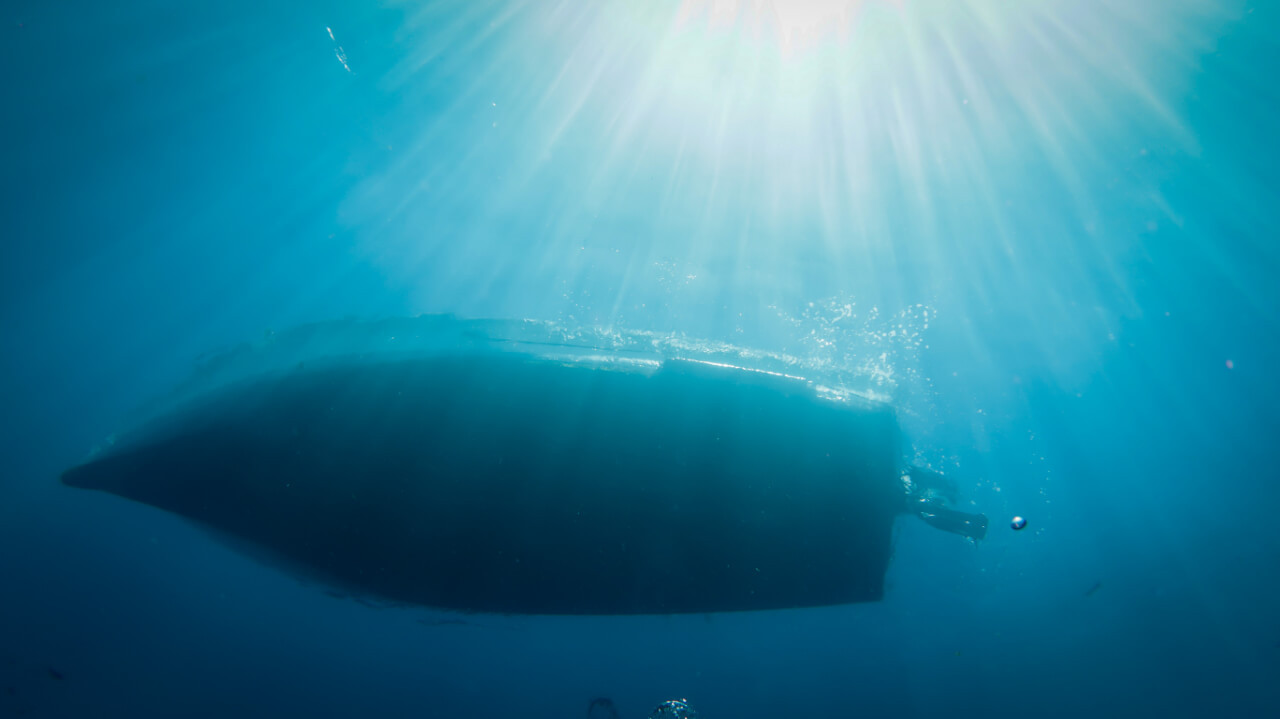
Digital Underwater Imaging
During this dive, we will be dedicating our time to taking pictures, from the very first steps of setting up an underwater housing, achieving well-composed images underwater, and obtaining video footage with the correct features to ensure nice diving videos.
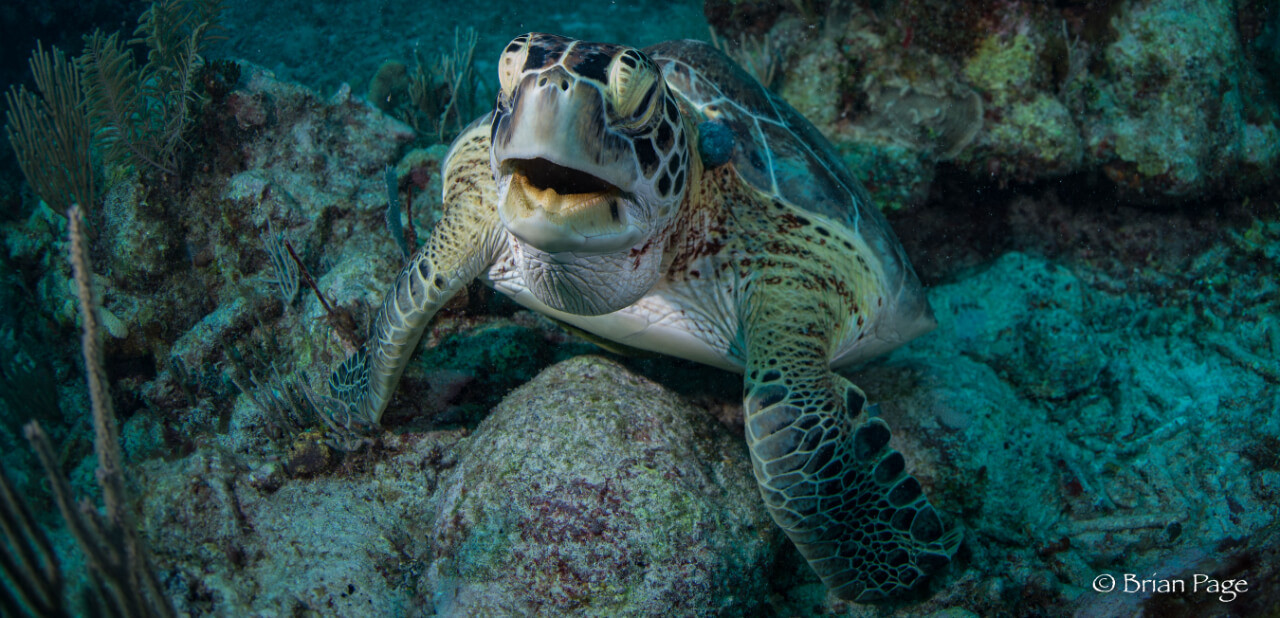
Drift Adventure Dive
In this adventure dive you'll learn the different procedures to be taken into account whenever diving in a strong current environment, different approaches on how to hit the water, practice good diving habits such as keeping your buddy close and buoyancy control to stay off the bottom during drift conditions.

Fish ID
This is a dive for nature lovers! You'll be asked to properly identify different types of fish, we will be discussing some characteristics of the animals found, what kind of symbiotic relationships they have with other species, and their importance for the ecosystem.

Peak Performance Buoyancy
Through a series of fun challenges, you will exercise your buoyancy skills, which will be really helpful in your diving future.

Search & Recovery
An object to be found will be set on the bottom of the sea, by using the appropriate underwater search methods, you'll have to find it. As a plus, during this dive, you will become familiar with some of the most commonly used knots in diving and will practice the appropriate way of using an elevation device to lift heavy objects from the surface.

Underwater Naturalist
Identify plants, vertebrates, invertebrates, and kinds of coral during a dive that will increase your awareness whilst being underwater.

3. Advance your skills
Besides the standard dives, we also offer additional adventure dives at an extra charge:
Night Dive
During a Night Dive, you will have the chance of enjoying the great variety of life that shows up during the dark, octopus, and lobsters are commonly seen during the night dives at our reefs. (Ocean night dive +50 USD per person). A group of at least two divers is necessary for night dives.

Wreck Dive
Besides diving one of the most impressive wrecks in the Mexican Caribbean, the wreck adventure dive will teach you some particularities of this interesting kind of diving, please note that this dive doesn't take place in Akumal. The C-56 wreck is found in the Puerto Morelos area; it is an American-built minesweeper that served during World War II. Many years later, after being sold to Mexico, it was sunk especially for diving. During your wreck adventure dive, you will be navigating around and over the wreck, while finding and identifying potential risks, different interest points, and your exit point at the end of the dive. No penetration is allowed during the wreck adventure dive and a group of at least two divers is necessary (+110 USD per person).

Sidemount Adventure Dive
An amazing experience, and one of the first steps into tech diving techniques, sidemount gives you the chance of experiencing a dive with double tanks in this comfortable configuration. Besides making trim and buoyancy easier, sidemount gives you the possibility of longer dives as you have twice the air available. (+100 USD per person, Sidemount student's manual (book) included.)
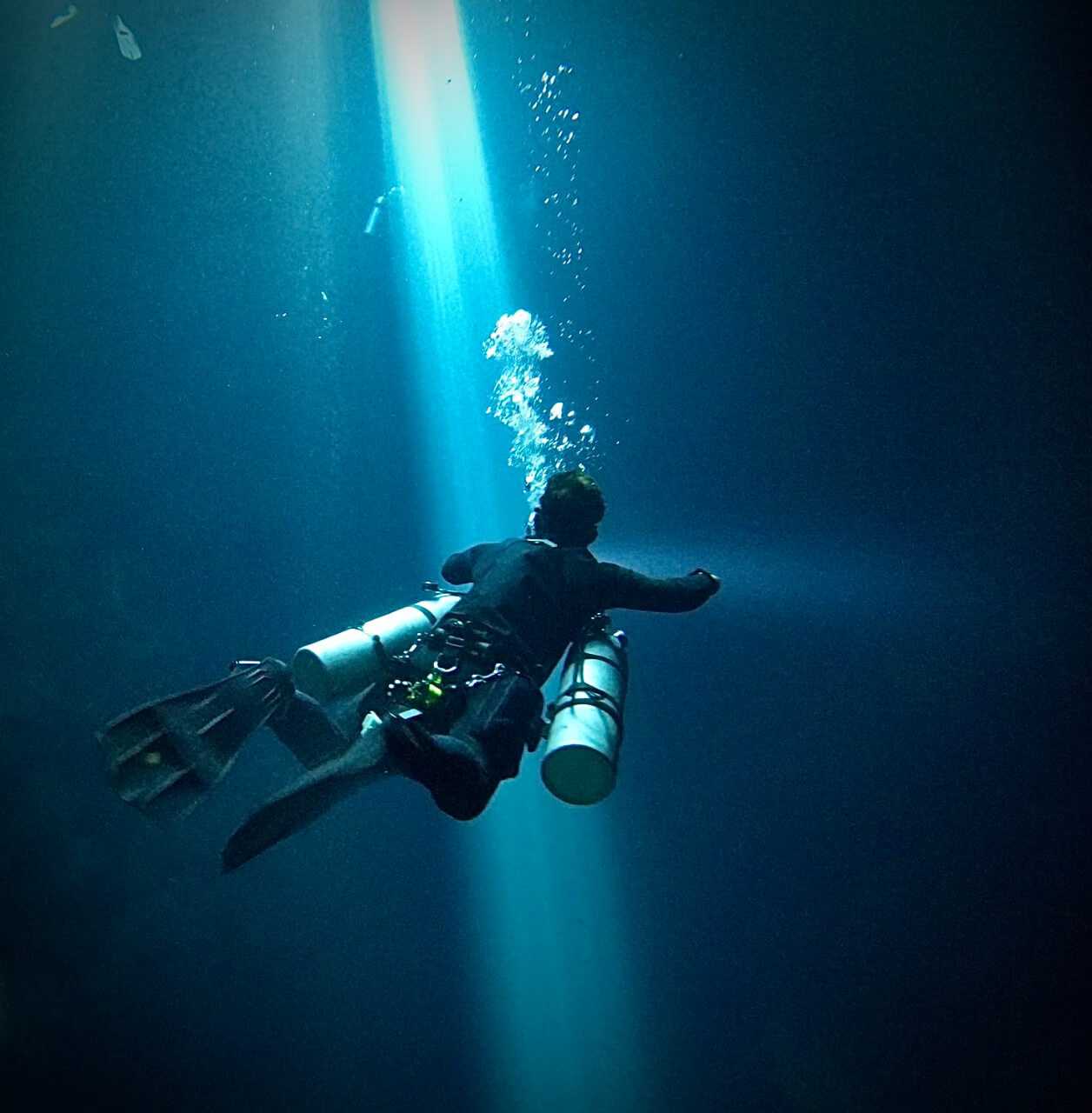
Cavern Adventure Dive
In this dive, you will learn the basic procedures for cavern diving, reeling, and unreeling and a basic intro to light signals, and the meaning of the different markers used in cavern and cave diving. (+100 USD per person) Cenotes are privately owned, so entrance fees to be paid in cash pesos apply, these fees are not included.

Nitrox Adventure Dive
In this dive, the procedures for Enriched Air Diving are explained and followed by a dive breathing Nitrox, which helps increase your NO DECO time at certain depths. (+100 USD per person, Enriched Air Diver Manual (book) included).
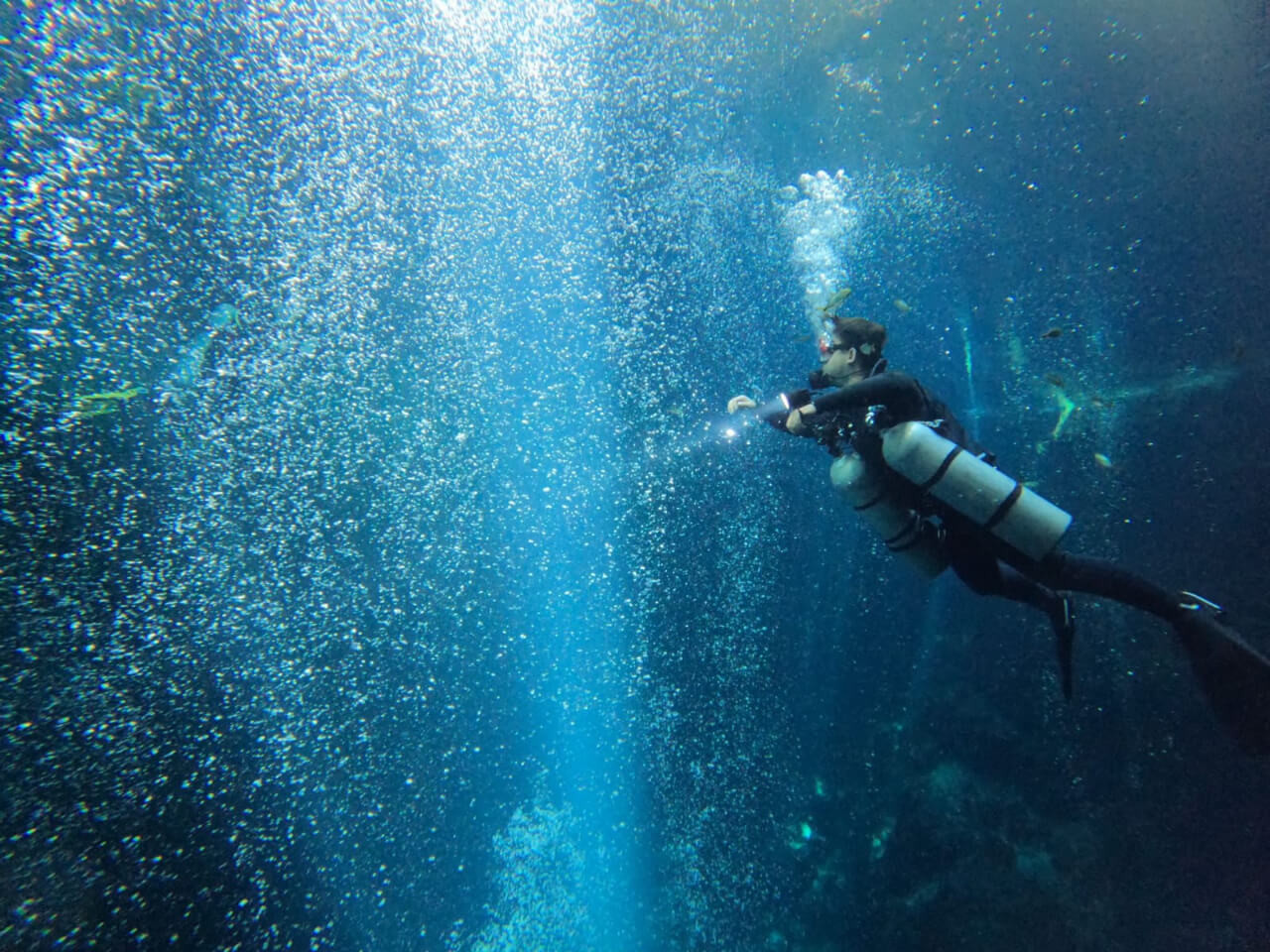
4. Touring the Riviera Maya
The Riviera Maya has many breathtaking places to visit that we couldn’t let you go without taking you around our favorite tours. Thanks to the Advanced certification which allows you to dive further, you’ll be ready to take the next step in your diving adventure and enjoy these tours:
Dive a shipwreck in the Caribbean ocean
Discover the Puerto Morelos shipwreck! Laying with the keel on the sand at 90ft (27.43 m), this 184 ft (56.08 m) long Mexican Gun Boat was quickly inhabited by various marine life. The deck is filled with movement, and as we continue to travel around the wreck we can witness large Wrasse, Groupers, Morays, and flights of Eagle Rays. Don’t forget about the crustaceans and invertebrates that have colonized this sunken ship.

Originally named USS Knave (AM-256), this vessel was an Admirable class minesweeper built for the US Navy during the Second World War. It was purposefully sunk in the year 2000 by the President of Mexico, Ernesto Zedillo as a new attraction for divers coming to the Riviera Maya. It was renamed ARM Cadete Juan Escutia (C56).
Bull Shark Diving Tour November 2022 - March 2023
Bull Shark is in season! From November to March, so you are just in time to get your certification and swim with these amazing creatures. Every year, female bull sharks return to their breeding ground in the shallow waters in front of the coast of Playa del Carmen in Mexico. Throughout this tour, you’ll be able to observe the daily routines of these creatures as we dive into their natural habitat.

Cenote Diving in Akumal, Riviera Maya
If you come to the Riviera Maya, you cannot leave without visiting the magical underwater world of cenotes. These magical underground rivers are considered sacred by the Mayans (no problem with diving in them!), and we can assure you will feel a special peace when you’re in them, it’s an experience you can’t miss! Blue Experience offers you a variety of tours, from beginners to advanced. If you have your Advanced Open Water Certification, then you’ll be allowed to dive deeper and discover more of what cenotes have to offer!

5. Final thoughts,
In summary, continuing with your diving education and getting your Advanced Open Water Certification has its perks. If you are interested in getting it to enjoy your diving holidays in the Caribbean Sea or if you’re on your way to becoming a professional diver, there are many tours to do and underwater worlds to discover while being an advanced diver.

